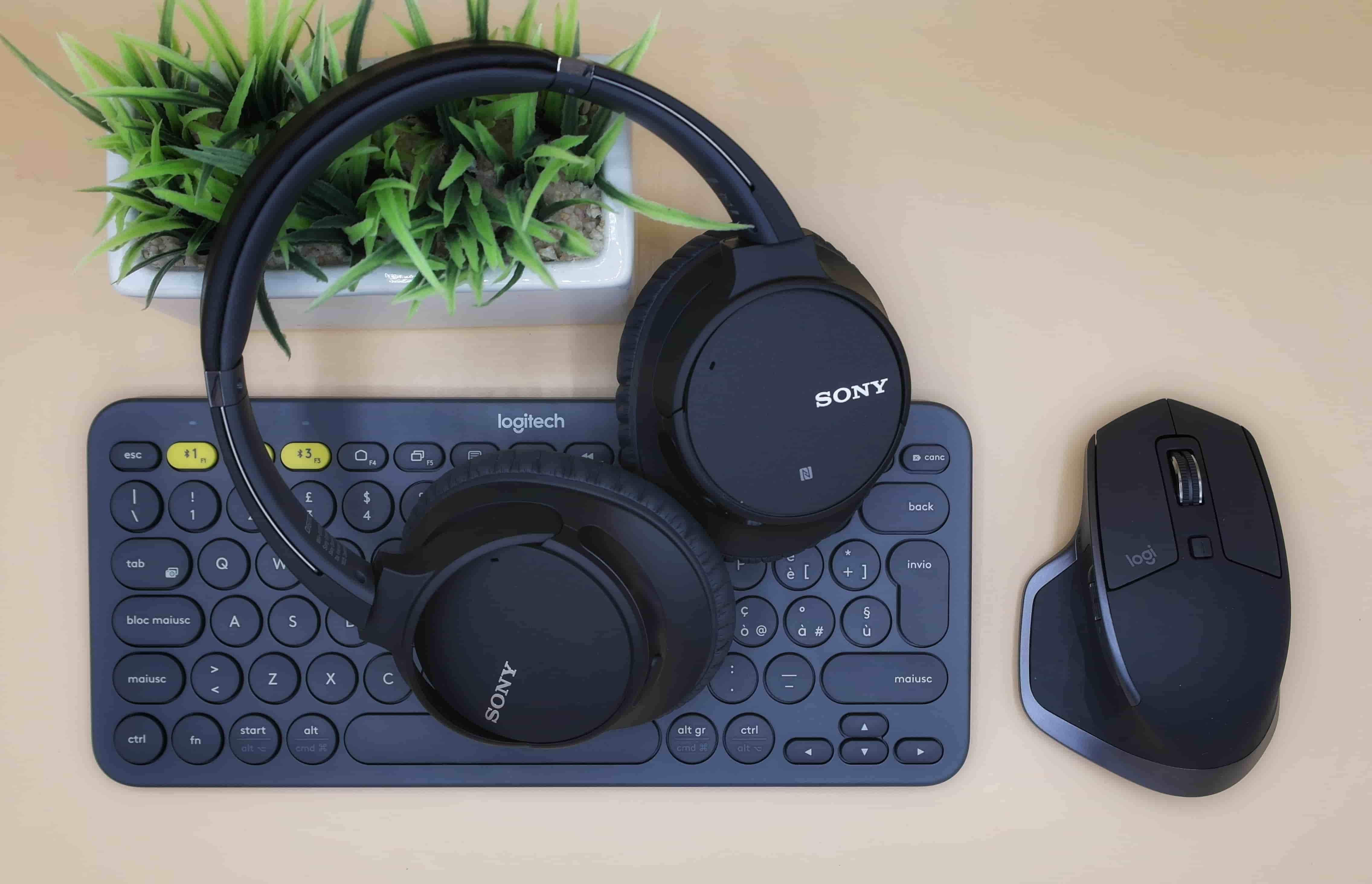Qualitative data gets to the heart of emotional response of your audience. It gives insight into a depth of feeling that's invaluable to your research study. But unlike its quantitative counterpart, qualitative data sets aren't easy to manage and organize, which makes analysis harder. Organization is very important to your research study - you don't want a piece of rogue data to go missing, and bad organization can stop you finding the most objective and fairest conclusion.
If you're an academic researcher, optimizing your data collection process should be at the top of your to-do list. Unfortunately, research projects can be time consuming and drawn out processes, so optimization where possible is essential for productivity. When it comes to qualitative research, it can seem a little more tricky to compartmentalize responses for analysis, so using some organizational tips in your academic research workflow is key.
Qualitative data describes something. It's data that isn't numerical, so it lacks a definition, but it's incredibly useful in discovering an emotional response to something. For an academic researcher, qualitative research could be a long-form written questionnaire that explores the subjects' experience of certain social situations, or psychological responses to stimuli. These long-form, unstructured responses will give a deeper insight into any emotional response from subjects, adding depth to your academic research.

Just as qualitative data tends to be unstructured, the methods of collecting it are too. A popular method of collecting qualitative data within academic research is with focus groups. This involves asking questions that are related to your study to a group of people from your target audience, allowing them to offer insight into an emotional response to your topic.
Qualitative data provides true emotional depth into a subject, but it can take a long time to collect it. It's definitely more time consuming than sending out a questionnaire to thousands of people from your target audience that asks them to give a 'yes' or 'no' answer to a complex question. But the richness of the data will be worth the time, every time.
If you want your qualitative data collection to be effective, you need to properly organize it for analysis. This organization is almost as important as your study. It's easy to get lost in a sea of oral responses when they're not properly assigned to their subject, or filed properly under the wrong focus group. There are a lot of ways you can trip up over unstructured data, so planning for organization is key from the get-go.
First, you have to be clear with your qualitative data collection methods. If you're conducting a focus group - or perhaps a series of group discussions - record your plan meticulously, writing down as much information as possible about the participants of each study. It's wise to add this to a spreadsheet to keep track of who goes where and at what time - this will be very useful down the line when you're logging the data from each session.
Once you've made a log of your participants, make sure your questions are well defined and recorded so you can follow the flow of your chosen qualitative data collection method as closely as possible. Set up a recording device to capture all of the conversation, so you can focus on the session itself. You'll thank yourself for good-quality audio later. Your recording could take ages to transcribe if you try to do it yourself, so invest in intelligent transcription technology from Trint. It uses AI to create a transcript of your oral interviews in minutes instead of days - a productivity win for you.

With your transcript of the focus group(s) in front of you, and a ready-made spreadsheet waiting to log the findings, you can quickly and easily store and organize your recorded findings from the session. Be sure to label your audio and written transcription files so you won't get them mixed up - matching these labels with your spreadsheet for standardization - and you'll be ready to analyze in a flash, freeing up further time to really get stuck into your findings.
Trint's Multicolored Highlights are a great way to tag your academic research transcripts. You can also make Comments in your Trint research transcripts for easy annotating. With these and other insight-gathering tools, it will be a super-smooth process adding the transcripts to qualitative data analysis software and keep your research data super organized.